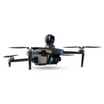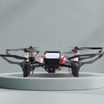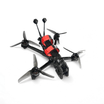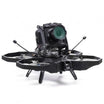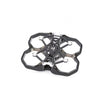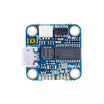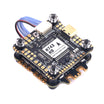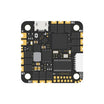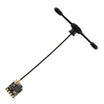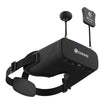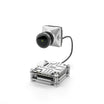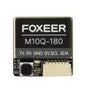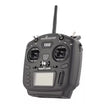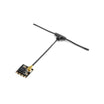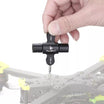Drones, also known as Unmanned Aerial Vehicles (UAVs), have revolutionized various industries globally with their ability to operate remotely. They are used in India for a variety of purposes, including surveillance, disaster relief, agricultural, infrastructure assessment, and even entertainment. Given the quick expansion of the drone sector, India must now enact thorough laws governing their effective and safe operation.
Whether you are a drone enthusiast or a professional operator, understanding the regulatory landscape in India is crucial.
Here’s a guide to navigating drone operations in India effectively.
Understanding Drone Regulations in India
In 2014, the Directorate General of Civil Aviation (DGCA) released its initial regulations, marking the start of India's drone regulation journey. These established the framework for drone operations, including flight restrictions, licenses, and aircraft registration. Over time, these rules have evolved into a robust framework, making drone use safer and more accessible.
Key Milestones in Drone Regulation
- Civil Aviation Requirements (CAR) - 2018
- Detailed regulations mandating drone registration and pilot certification.
- Classification of drones based on weight and operational restrictions.
- Digital Sky Platform - 2018
- A centralized online system for drone registration, flight permissions, and traffic management.
- Drone Rules, 2021
- Simplified approval processes.
- Expanded scope for operations like Beyond Visual Line of Sight (BVLOS) flights.
- Enabled drones for delivery and logistics.
- Drone (Amendment) Rules, 2022
- Introduced stricter but simplified measures for Unmanned Aircraft Systems (UAS).
What Are The Categories of Drones Available?
Drones in India are classified under Rule 5 of the Drone Rules, 2021, based on their weight:
- Nano: ≤ 250 grams
- Micro: 250 grams – 2 kg
- Small: 2 kg – 25 kg
- Medium: 25 kg – 150 kg
- Large: > 150 kg
Except for nano and micro drones used for non-commercial purposes, all drones require permission from the Digital Sky Platform.
How to Obtain Permissions and Certificates?
Type Certificate:
In order to ensure compliance with Indian safety and technological regulations, the majority of drones must get a type certificate.
How to Apply:
- Submit Form D-1 on the Digital Sky Platform along with a fee.
- After testing the drone, the Quality Council of India (QCI) or any authorised organisation provides a report within sixty days.
- The DGCA grants the certificate within 15 days based on the report.
Exclusions: Type certifications are not needed for model aircraft, nano drones, or micro drones used for non-commercial purposes.
Remote Pilot Certificate (RPC):
In India, drones (except nano and micro drones used for non-commercial purposes) can only be operated by people who have a valid RPC.
Qualifications:
- Age: 18–65 years.
- Education Requirement: Class 10 or its equivalent must be completed.
- Training: Needs to finish an authorised training organization-approved course.
The RPC is valid for 10 years, provided it is listed on the Digital Sky platform.
Drone Flying Zones in India
India’s airspace is categorized into three zones:
- Green Zone:
- Open for drone operations up to 400 feet (120 meters) in most areas.
- Yellow Zone:
- Restricted areas requiring prior permission from air traffic authorities.
- Red Zone:
- Strictly no-fly areas for drones, including regions near airports, military installations, and sensitive sites.
To ensure compliance, operators can refer to the interactive airspace map available on the Ministry of Civil Aviation’s website.
Penalties And Legal Concerns
Let’s first talk about the penalties involved for non-compliance.
In accordance with Rule 50 of the Drone Rules, 2021, breaking the rules might cost you up to ₹1,00,000. These sanctions can be imposed by the DGCA or other authorised authorities after providing an opportunity for a hearing.
Now what are the legal concerns?
Despite the well-defined regulatory framework, challenges persist:
- Privacy Concerns: Drones with cameras can infringe on personal privacy, particularly in crowded areas.
- Security Risks: Potential misuse for unauthorized surveillance or malicious activities. Strengthening monitoring protocols is essential.
- Technological Advancements: Rapidly evolving technology often outpaces regulations, necessitating continuous updates.
- Awareness Gap: Many drone operators remain unaware of the rules, underscoring the need for widespread education and guidance.
Conclusion
In India, drones have tremendous potential in a number of industries, including logistics and agriculture. But using them responsibly depends on following the law and being aware of your responsibilities. As the drone business in India expands, new regulations such as the Drone Rules, 2021, and their 2022 revisions guarantee that operations continue to be innovative, safe, and compliant with international standards.
Whether you’re a hobbyist or a professional, staying informed and compliant will make your drone journeys in India not only legal but also enjoyable and impactful.


